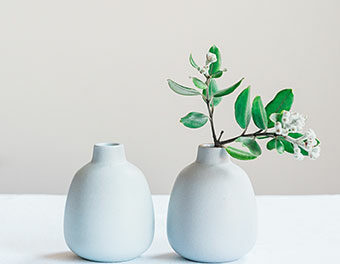Destruct to Construct
Pilates, when done deeply enough, can be merciless.
You first look at it and it seems simple enough. How hard can be it, right? Some of the exercises actually look like kids play, or designed for those who can barely move anymore (lift your leg, yay!). And then you start trying it out and get your first reality check. “Since when can’t I stretch that far anymore?”. “What happened to my easy breezy roll back and forth like a sea urchin?”. “How can this woman next to me, 20 years older than I, lift herself from laying on the floor to standing up without using arms or hands?”

Daily Reality
And then you start realising all the movements, crutches and habits that you have. While they get the job done, they are just not efficient. They actually deprive you more and more of your range of motion and strength as time goes by.
Crossing your legs when sitting for a longer time, flaring up your chest when you need to reach higher, letting your neck pull/fall forward when interacting with your mobile or book, use your lower back instead of your abs to support your weight… the list goes on and on.
And then you want to sit still for 5 minutes and it’s just damm hard. Or you turn around quickly and a pang of pain goes through your ribs. Or you feel that weird “thing” every now and then when you walk or stand for just a bit longer. Suddenly the task in front of you feels monumental.
It’s when you wonder if it’s worth embracing the journey or just tell yourself “who needs to roll back and forth anyways? I don’t” and go back to continue sitting on the sofa/chair for hours and not think more about it. Or a better ergo chair will do the trick. Tip: it’s not enough.
Construct Something New
If you decide to move ahead, a new adventure begins. Having that curiosity to know what’s actually happen, how you move, how you react, how you get angry and frustrated with some things and relieved and relaxed with others… it is tremendously engaging and enlightening. I, for once, started appreciating my body more. I have neglected my feet so much. Yet, they always kept me taking to places – it was time to give them a big hug and prime time love and attention.
You can then learn to do everything again, despite your learned habits. How to walk, how to stand, how to use your arm to pull; to push, how to bend your knee, how to walk up the stairs.
Expectations & Reality
Some days, you leave the studio frustrated and wondering if you are masochist. Other days, you feel like you are on top of the world, that you are a hero, that you can do anything!
Many other days, it’s somewhere in the middle – you feel you learned a bit more. That you are just a bit more prepared to use your body and emotions to deal with the world around you. At this point, there are no doubts: Pilates is as much about your physical body as it about your mind and your emotions. The level of self-awareness and kindness required is merciless. If you don’t confront what’s boiling up, it will just not move forward.
After the dip, things start getting easier and flow better. You miss doing it when you don’t practice, the exercises start coming together. Things that you learned in one movement help you with another. Others impact your day to day in a more holistic way: at work, at home, on the train, just walking around. You look at others differently, you look at yourself differently.
The challenge remains, though. There are always more exercises and variations to experiment with. Or new approaches to exercises you can already make, bringing you back to a fresh perspective. A new layer, a deeper learning experience.
It’s not exercise, it’s not fitness – it’s a lifetime journey of discovery, healing and improvement.



